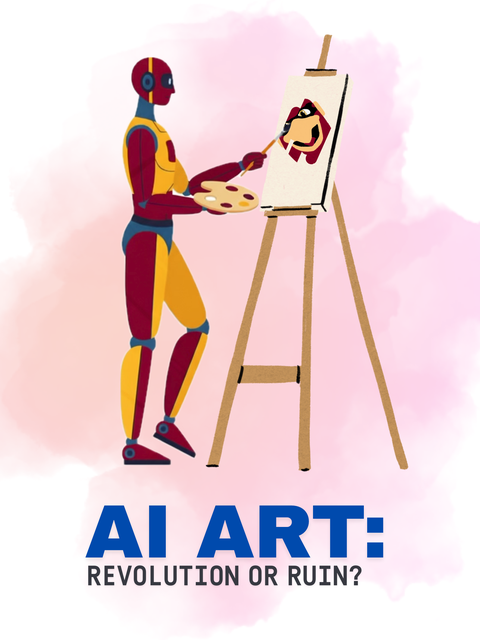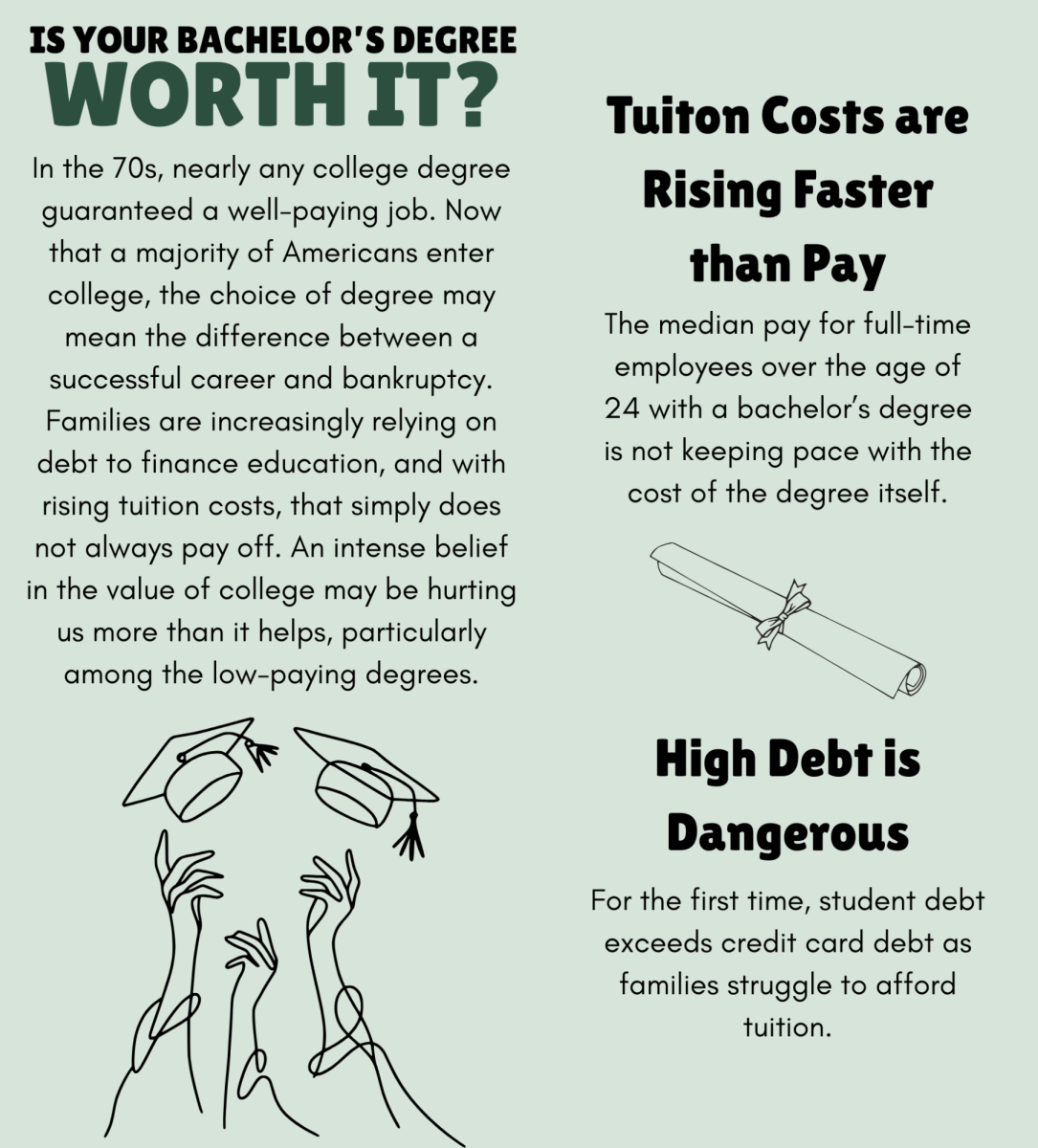Sites such as Shein and Temu that sell trendy clothes at low prices have allowed fast fashion to dominate the textile scene. According to earth.org, fast fashion companies are those “whose business model relies on cheap and speedy production of low-quality clothing.”
Fashion trends used to be seasonal. Luxury brands such as Chanel and Dior only released new collections 2-4 times a year during the 60s and 70s. The pressure to keep up with microtrends has resulted in brands making new clothes more often. Zara, for example, releases new clothes 24 times per year.
This rapid turnover is achieved through the use of cheap materials and labor, which takes a toll on the environment. According to Business Insider, 85% of textiles end up in landfills every year.
In 2014, people bought 60% more clothing compared to 2000 but kept it for half the time. Content creator and fashion historian Bernadette Banner spoke about this increased consumption in one of her YouTube videos.
“Nobody has ever been expected to own the quantity of clothes that fast fashion allows us to accumulate today,” Banner said.
These companies contribute to carbon emissions, water pollution and textile waste. Rashmila Maiti, a writer for earth.org, explains how much water these factories use.
“The fashion industry is the second-largest consumer industry of water, requiring about 700 gallons to produce one cotton shirt and 2,000 gallons for a pair of jeans,” Maiti wrote.
Many fast fashion companies have questionable labor practices. Shein has allegedly been working with suppliers that have awful working conditions. Timo Kollbrunner, a writer for Public Eye, described the work environment.
“The employees are paid per item; they work 11 hours a day and have one or two free days a month,” Kollbrunner said. “Shein systematically takes advantage of the fact that these employees…feel that they don’t really have an alternative.”
Though influencers and companies urge us to constantly buy new clothes, it is important that we slow down and think about the impact incessant consumption has. Choosing to mend or thrift your clothes instead of buying new ones from fast fashion companies makes a big impact. Introspection and conscious spending can save both your wallet and the world.






